7 Ways to Fix iPhone Proximity Sensor by Yourself
Apr 27, 2022 • Filed to: Fix iOS Mobile Device Issues • Proven solutions
- Part One. What is the iPhone proximity sensor?
- Part Two. Why is my iPhone's proximity sensor broken?
- Part Three: How to fix the iPhone Proximity Sensor issue
Part One. What is the iPhone proximity sensor?
Quality is a function of design. That sounds good, doesn’t it? All it means is that if an item, whether it be a car or something more mundane like a toaster, is designed in the right way, it will work well. No one can dispute that Apple’s standards of design are among the very best. In line with the opening statement, that means that the products are high-quality items. That means that they rarely fail, but it does not mean that they never fail.
Physical damage can happen to any phone. Though we do not recommend testing this, iPhones usually survive a fall in good shape. But, then again, not all damage is on the outside and visible, there might be internal damage. Also, although the quality control standards are famous, fiercely demanding, even parts inside Apple devices sometimes fail. If you accidentally dropped your iPhone, you can still recover data from broken iPhone and try to fix it after you get the data out of it.
It is rare, but it does happen, and one of the items which have been known to fail is the proximity sensor. This is a very small device that detects whether anything is close to the front of the phone. Sounds innocent enough, but if it breaks or fails in some way, you will realize how very valuable it is. When the proximity sensor is working and something is in close proximity to the phone, the touchscreen is disabled. This is why you can hold your phone up to your ear to have a call without any problems because the touch screen is disabled. If the sensor fails, and you make a call, your face gets close to the front of the phone and causes an app to open, perhaps music to start playing or, worst of all, the call to be cut off; then you will know what the sensor does, and what happens if it does not work.

The proximity sensor stops unintended actions and saves a little battery life too.
Part Two. Why is my iPhone's proximity sensor broken?
As we have already suggested, Apple devices are very strong. But, as we have already acknowledged, malfunctions do still happen. The proximity sensor might fail for various reasons.
- Changing the screen on your iPhone – Screens get broken, need to be fixed usually by being replaced. This can result in a secondary problem with the proximity sensor. Basically, if you were to take everything out of the iPhone case, and lay it out on the table, you would wonder how it was possible to get it all back in there. What we are saying is that the parts of an iPhone are very small and need to be very precisely positioned. It is possible that in replacing the screen, the very precise position of the proximity sensor has been misaligned.
- A huge hit on a hard surface – We certainly do not recommend you test this, but we think the iPhone is a tough cookie. Most of us add a case and a screen protector, just to give ourselves a little more protection. Even then, damage does occur and, despite Apple’s best efforts, the real damage can often be internal to the device. Parts, like the proximity sensor, are manufactured to extremely high standards but can be broken.
- Manufacturer problem – Apple is one of the biggest companies in the world, with massive buying power and the capacity to demand high standards. However, that does not mean that they are 100% immune to faults. Technology does fail sometimes, and it has even been known for even an iPhone to be faulty at the time of purchase.
- System problem– All these systems are immensely complicated, and this includes the software, iOS, and apps. Sometimes when you update to iOS 13 or iOS 11, or just in some quirk of normal operation, the iOS becomes corrupt and may need to be fixed.
You Might Find Them Useful:
Part Three: How to fix the iPhone Proximity Sensor issue
We have seen what the proximity sensor does and how it might become damaged. Sometimes, for whatever reason, it is just not convenient to go to a repair shop. Though we do advise you to be as careful as you can, we are going to give you some ideas regarding ways of fixing problems with the proximity sensor. Except Solution 1 and Solution 2, other solutions may cause data loss, so you'd better backup your iPhone in advance.
Solution 1. Reboot the phone
It is a bit of an industry cliché. It is a cliché because it often works. Just sometimes, even big problems can be fixed with a simple reboot. If you find that the proximity sensor is not working, simply perform a reboot. Then, if at first, you do not succeed, try rebooting the phone, turning it off and back on again, for a second time.
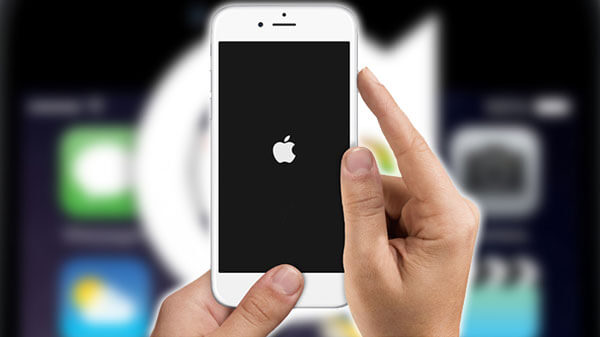
Simply turn off, then turn back on again.
Solution 2. Fixing system errors
As we have noted, sometimes it is the software, not the hardware, which is the problem. The major software involved in the correct operation of your iPhone is the operating system. It is any one of the versions of iOS which runs your phone. We think Dr.Fone - System Repair is one of the best tools as a companion for your iOS devices, your iPhone, iPad, or iPod Touch. Out tools can solve various iPhone problems, which might have been caused by software and system errors.

Dr.Fone - System Repair
Fix various iPhone problems and errors without data loss.
- Safe, simple, and reliable.
- Fix with various iOS system issues like stuck in recovery mode, iPhone stuck on Apple logo, black screen, white screen of death, etc.
- Only fix your iOS to normal, no data loss at all.
- Fixes other iPhone errors and iTunes errors, such as error 4005, error 14, iPhone error 4013, error 1009, iTunes error 27, and more.
- Work for all models of iPhone, iPad, and iPod touch. Fully compatible with iOS 13.
Video guide: How to fix iOS system problems with Dr.Fone
Solution 3. Clean the display
It might seem ridiculously easy, but it is just possible that another very simple action might solve the problem. Remove your case, and remove any screen protector, and clean your iPhone thoroughly. A cloth for cleaning spectacles is one of the best things to use.
Check if the proximity sensor is working by making a call whilst stood in front of a mirror and see if the screen dims as you lift your iPhone to your ear. If it does, the proximity sensor is working. We know it seems too simple, but, just sometimes, things are.
Solution 4. Hard reset
This is really a more brutal version of the first solution. iPhone factory reset is a little more intense in its efforts to clear out the bugs to get everything properly straightened up and in the right place. All you need to do is following the steps in the below screenshot. Sometimes this will be enough on its own to get the proximity sensor working.

Solution 5. Put iPhone in DFU mode
A Default Firmware Update rebuilds the structure of the software running on your phone, from the foundation up. Please be warned, though, that when you carry out a DFU restore absolutely, everything is deleted, and something might just go wrong. Here is what you should do.
- Connect the iPhone to your computer with a USB cable and run iTunes.
- Now, press and hold the Sleep / Wake and Home buttons at the same time for up to 10 seconds.
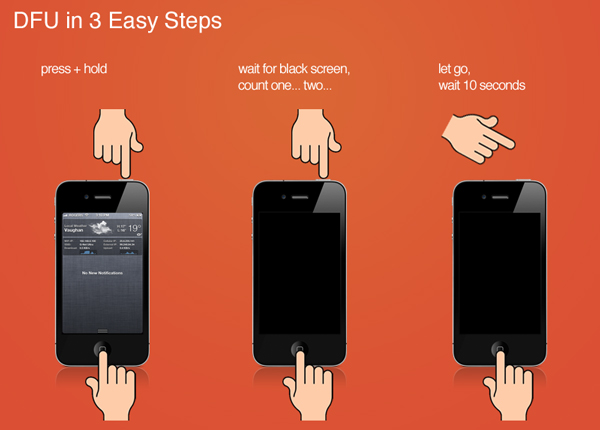
- You now need to be careful and release the Sleep / Wake button whilst continuing to hold the Home button until you see the message “iTunes has detected an iPhone in recovery mode.”

- Now release the Home button.
- If your phone has entered DFU mode, the iPhone’s display will be completely black if it has not re-start the process from the beginning.
Solution 6. Do it yourself – align or change the proximity hold
This is for the brave, those with a steady hand and, probably, very sharp eyesight.
One part of the Proximity Sensor, the part which keeps it in the right place, properly aligned, is called the Proximity Hold. It is possible for it to become damaged, but it is much likely that it will need to be replaced if missing. Just sometimes, when the phone is being repaired, let’s say the screen is replaced, the Proximity Hold falls out without anyone noticing. Once the iPhone Proximity Hold is replaced or aligned correctly, it should fix the issue. You can also add a small strip of tape to the sensor to ensure that it does not fall out.

Solution 7. Problems with non-OEM screens.
Another one for those with the confidence and skills to approach it.
What happens with some of the aftermarket screens, which cost a great deal less than the original Apple offering, is that they let in too much light. If you disassemble the phone, then with great care, you can put some electrical tape over the screen, just where the sensor is, and cut two small holes to let some light, but not too much, through to the sensor.
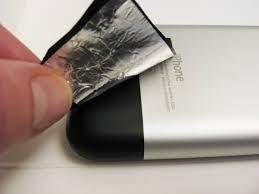
It can be very frustrating when your iPhone proximity sensor malfunctions. We really hope that we have been able to offer you some solutions.
Other iPhone problems you may encounter:
iPhone'u düzelt
- iPhone Yazılım Sorunları
- iPhone Mavi Ekran
- iPhone Beyaz Ekran
- iPhone Çökmesi
- iPhone Ölü
- iPhone Su Hasarı
- Tuğlalı iPhone'u Onar
- iPhone İşlev Sorunları
- iPhone Yakınlık Sensörü
- iPhone Alım Sorunları
- iPhone Mikrofon Sorunu
- iPhone FaceTime Sorunu
- iPhone GPS Sorunu
- iPhone Ses Sorunu
- iPhone Sayısallaştırıcı
- iPhone Ekranı Dönmüyor
- iPad Sorunları
- iPhone 7 Sorunları
- iPhone Hoparlör Çalışmıyor
- iPhone Bildirimi Çalışmıyor
- Bu Aksesuar Desteklenmeyebilir
- iPhone Uygulaması Sorunları
- iPhone Facebook Sorunu
- iPhone Safari Çalışmıyor
- iPhone Siri Çalışmıyor
- iPhone Takvim Sorunları
- iPhone Sorunlarımı Bul
- iPhone Alarmı Sorunu
- Can't Download Apps
- iPhone Tips




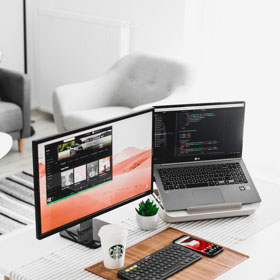
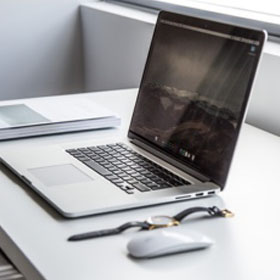
Alice MJ
personel editörü
Genel olarak puan 4,5 ( 105 katıldı)